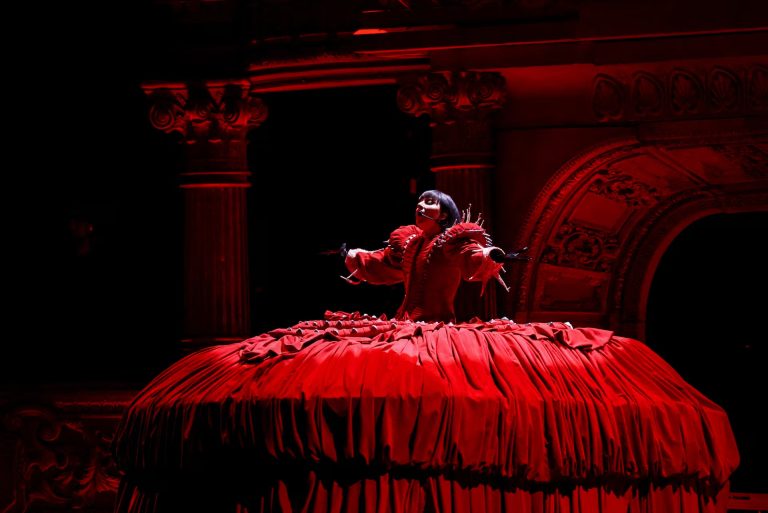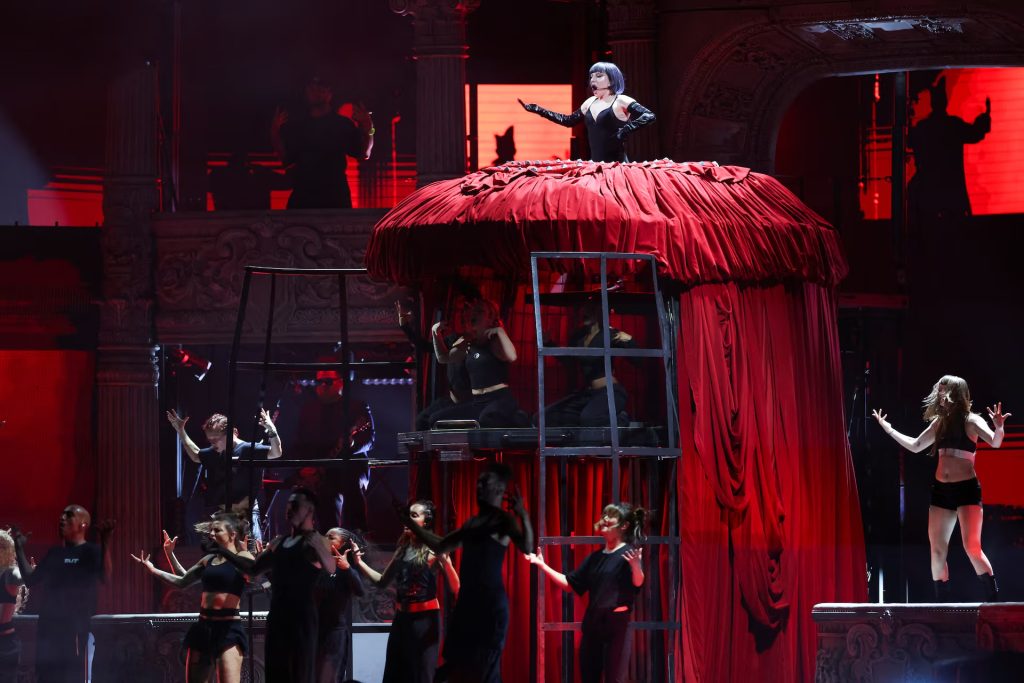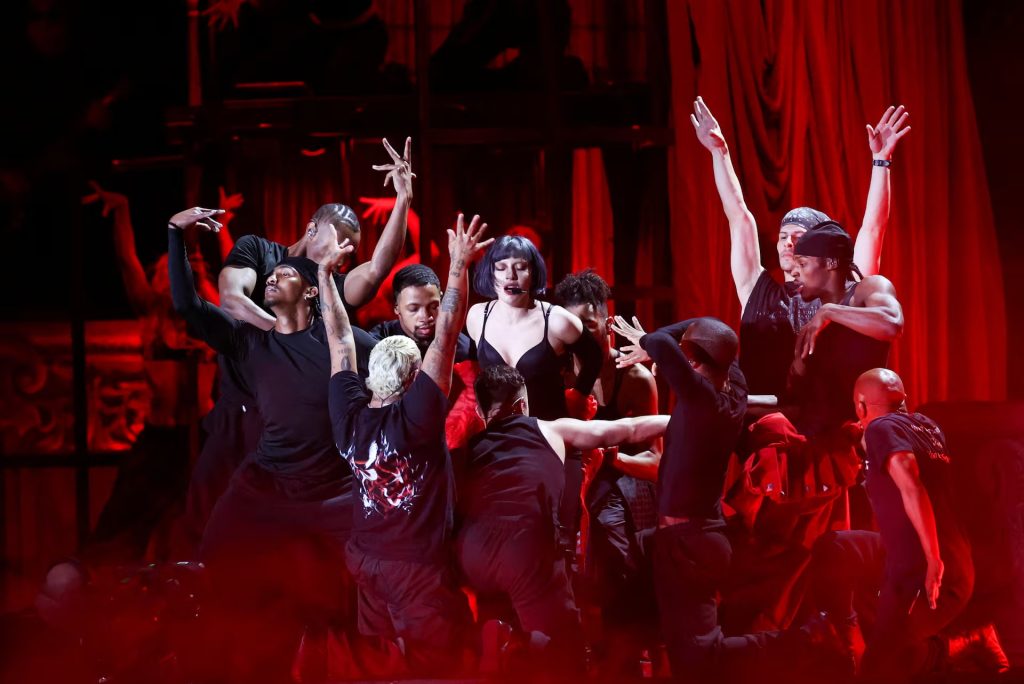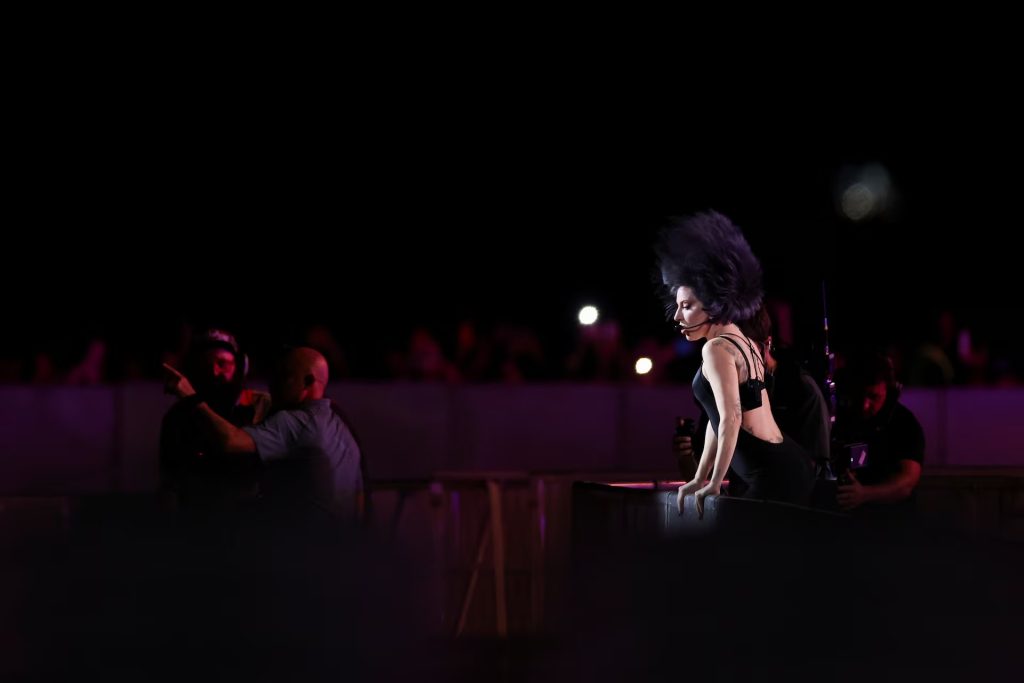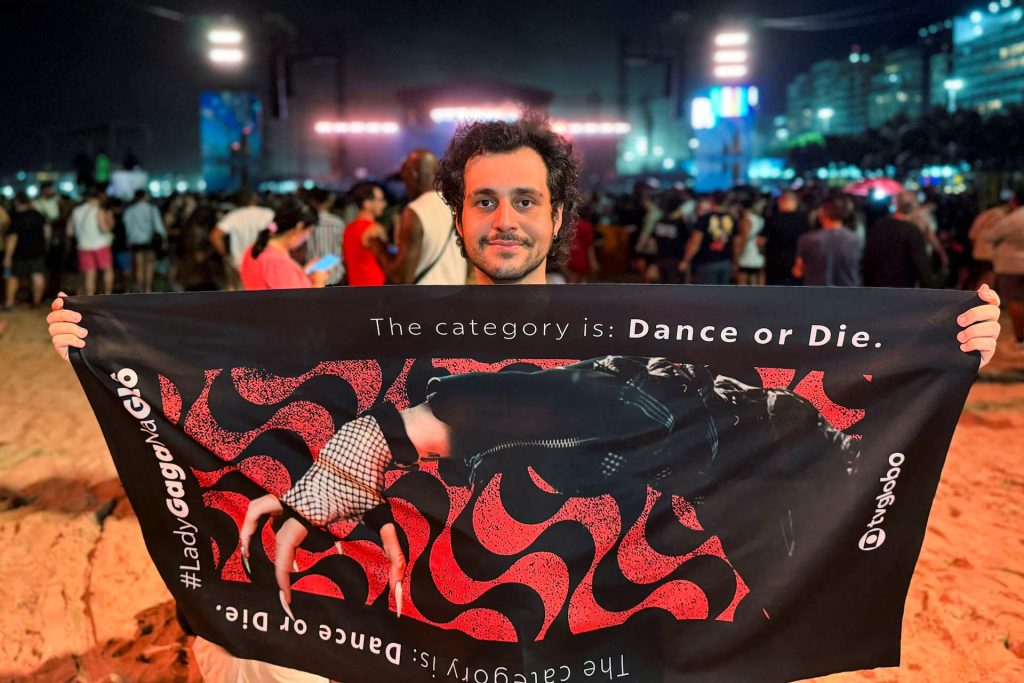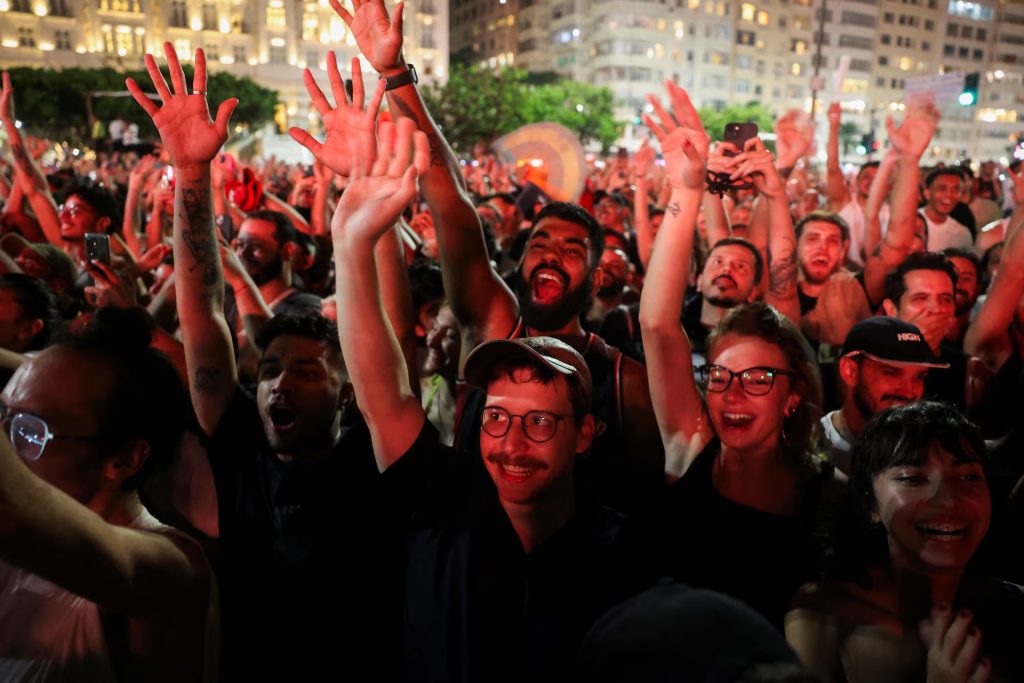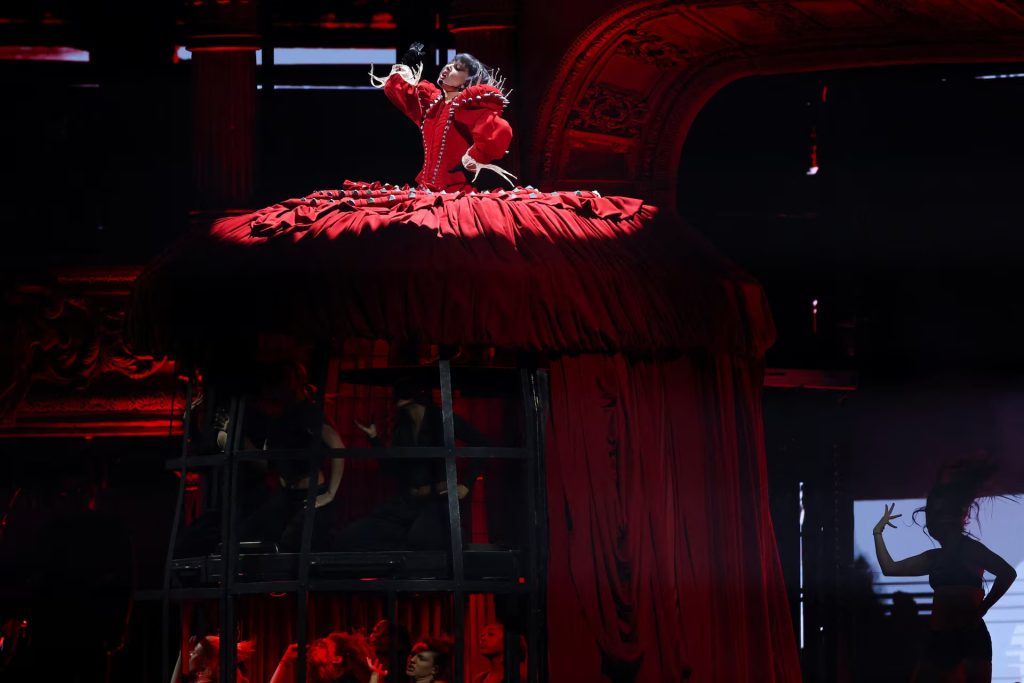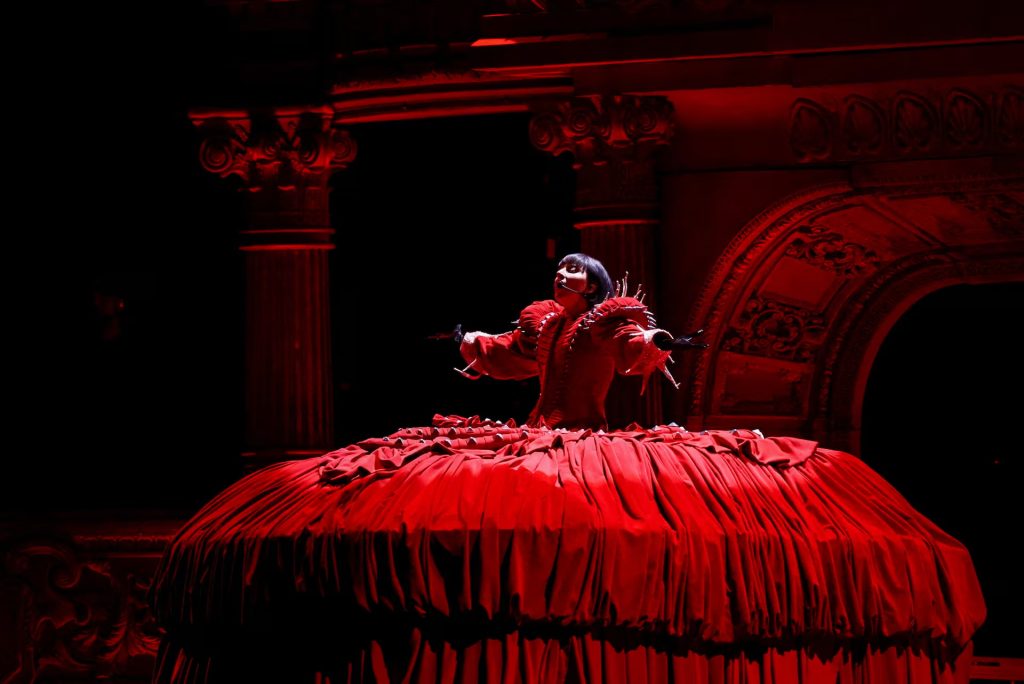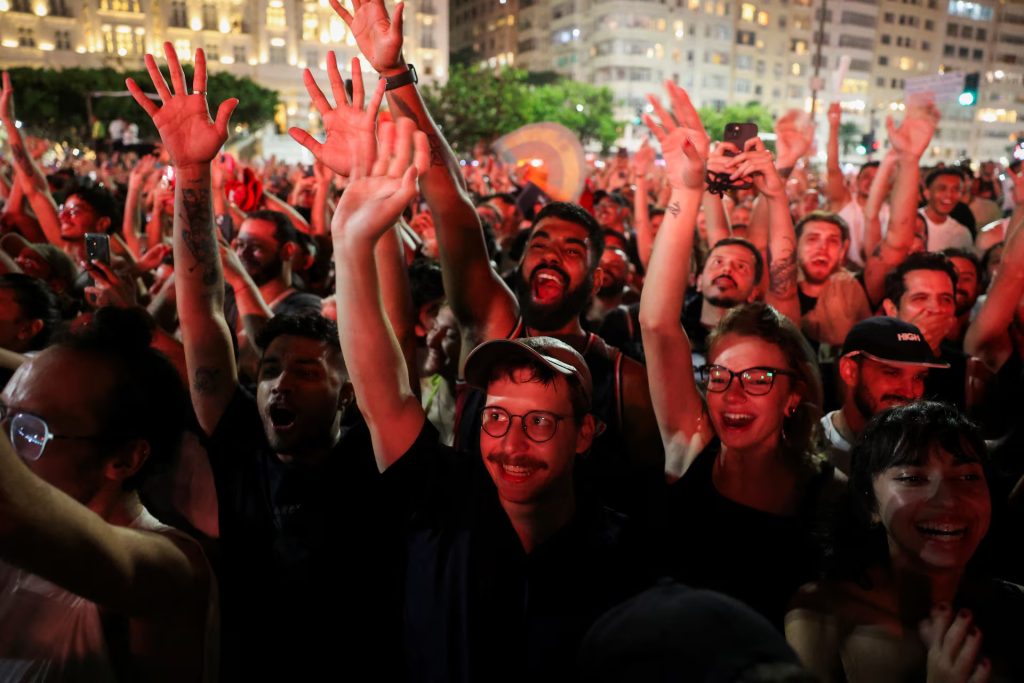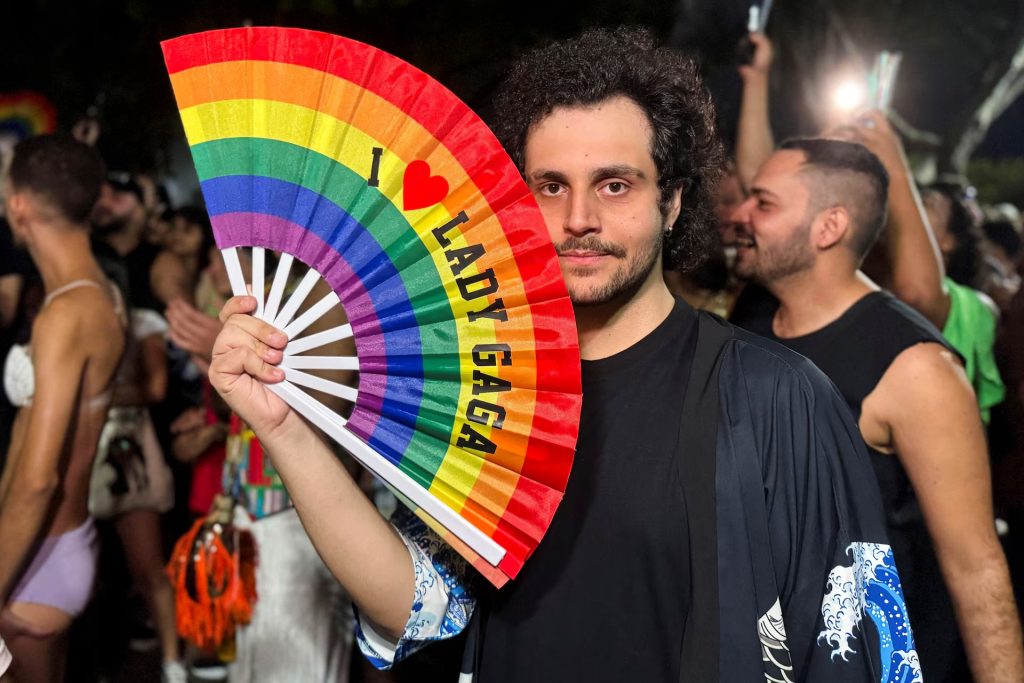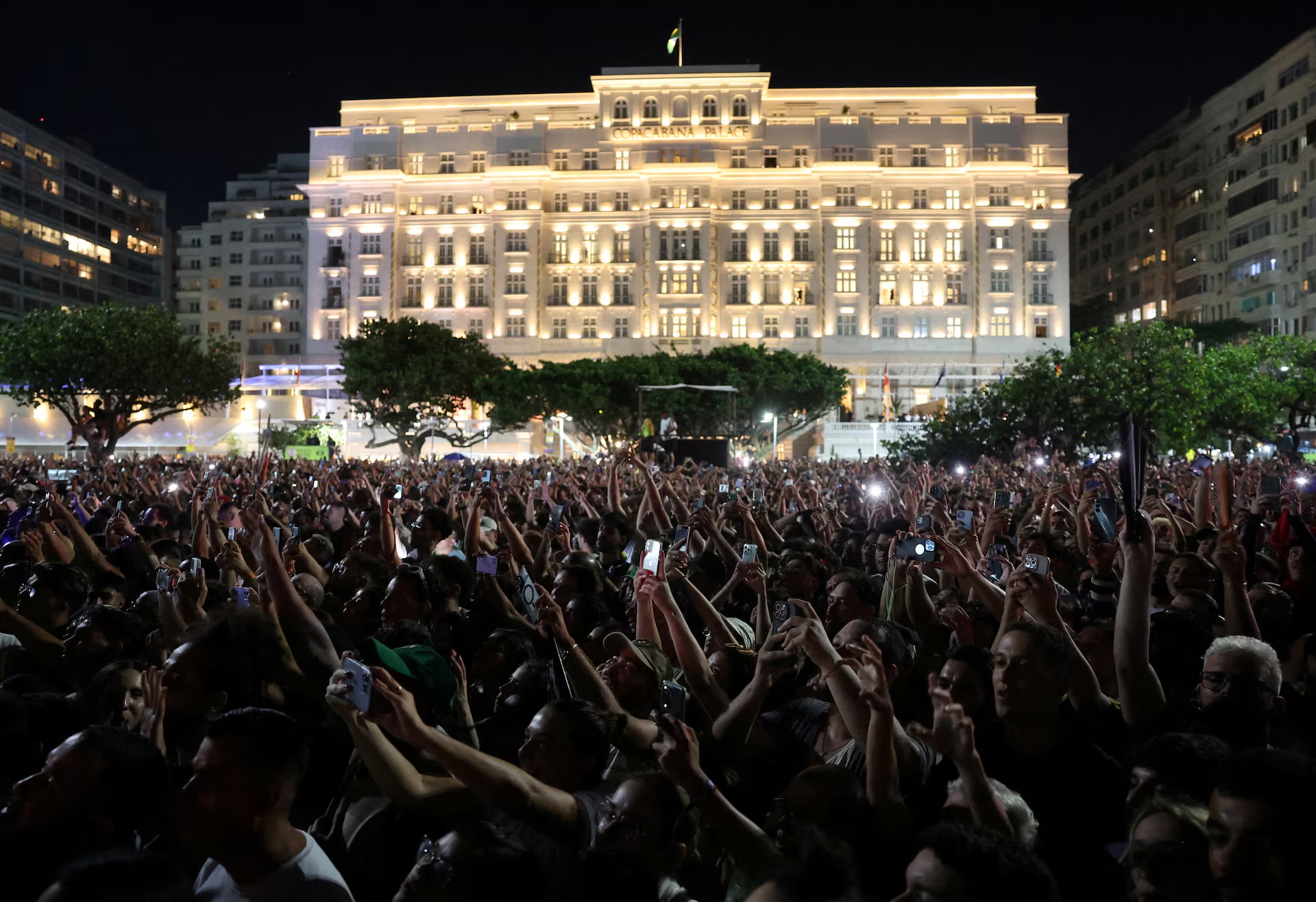
Lady Gaga’s Historic “Mayhem on the Beach” Concert in Rio: A Record-Breaking Spectacle
On May 3, 2025, Rio de Janeiro’s iconic Copacabana Beach transformed into a pulsating sea of humanity as Lady Gaga delivered her “Mayhem on the Beach” concert, a free event that drew an estimated 2 million attendees—potentially the largest standalone concert in history. Dubbed a “redemption” for Gaga’s 2017 cancellation at Rock in Rio due to health issues, the performance was a theatrical triumph, blending her signature extravagance with raw emotional connection. Part of Rio’s “Todo Mundo no Rio” initiative, the concert not only electrified fans but also injected an estimated R$600 million (approximately $100 million USD) into the local economy, marking a cultural and economic milestone for Brazil.
A Monumental Gathering
From dawn, fans—affectionately known as “Little Monsters”—flooded Copacabana Beach, some camping out for days to secure a spot. By evening, the crowd swelled to over 2 million, with some fan claims on X suggesting numbers as high as 3 million. The 28,000-square-meter stage area, a marvel of engineering, became the epicenter of a historic gathering. Broadcast live on TV Globo, Multishow, and Globoplay, the event reached millions more, amplifying its global resonance.
The scale required an unprecedented security operation: 5,000 police officers, metal detectors, drones, and facial recognition cameras ensured safety amid the throng. Half a million tourists fueled a surge in flights and hotel bookings, with occupancy rates hitting 98% in Copacabana. Local businesses, from hotels to street vendors, reaped the benefits, underscoring the concert’s role as an economic catalyst.
Gaga took the stage with a two-hour set that felt, as one fan described, “like half an hour” due to its relentless energy. The performance was a masterclass in pop spectacle, blending hits like “Bad Romance,” “Poker Face,” and “Born This Way” with new tracks from her 2025 album *Mayhem*, including the infectious “Abracadabra” and the emotive “Die With a Smile.” Her elaborate stage design, complete with dynamic visuals and intricate choreography, captivated the masses, while her powerhouse vocals—delivered live for most of the show—silenced doubters.
The concert’s theatricality was quintessential Gaga: avant-garde costumes, larger-than-life props, and a narrative arc that felt like a gothic opera. She closed with “Bad Romance,” igniting a frenzy as the crowd sang in unison, their voices echoing across the beach. Between songs, Gaga’s heartfelt addresses to her “monsters” resonated deeply. “We are monsters, and monsters never die,” she declared, a nod to her enduring bond with fans.
A Redemption and a Homecoming
For Brazilian fans, the concert was more than a performance—it was a homecoming. Gaga’s 2017 cancellation had left many heartbroken, and her return was a gesture of love and resilience. Fans like Matheus Silvestroni, who traveled eight hours by bus, spoke of Gaga’s music as a lifeline. “Her song ‘Born This Way’ made me accept who I am,” he shared. Others, like Nicole Lima, camped out for days, sustained by Gaga’s gesture of sending pizza to waiting crowds. These stories, echoed across social media, painted a picture of a fanbase whose devotion matched Gaga’s intensity.
The emotional weight was palpable. Gaga, visibly moved, acknowledged her Brazilian “monsters” as the heart of the night. Her performance of “Born This Way,” a queer anthem, became a collective celebration of identity, with fans waving rainbow flags under Rio’s starlit sky.
Minor Notes of Discord
No event of this magnitude is without critique. Some attendees sparked debate on X, questioning whether Gaga relied on playback for certain high-energy moments. While her live vocals were undeniable in slower numbers like “Die With a Smile,” the discussion reflected the high expectations fans hold for her. Logistical challenges also surfaced: the sheer size of the crowd made navigation difficult for those farther back, and some reported struggles to see the stage clearly. Yet, these issues were overshadowed by the overwhelming positivity, with most fans calling the night “unforgettable.”
“Mayhem on the Beach” was more than a concert—it was a cultural phenomenon. Rio’s government hailed it as a cornerstone of the “Todo Mundo no Rio” campaign, designed to boost tourism and global visibility. The economic impact was staggering: 46,000 additional flights and near-full hotel occupancy underscored the event’s draw. Mayor Eduardo Paes, present at the show, called it a “gift to the city,” while fans on X crowned Gaga the “Queen of Pop.”
For Gaga, the concert was a testament to her enduring relevance. At 39, she remains a chameleon of pop, blending music, fashion, and performance art with unmatched precision. The Rio show, following her acclaimed Coachella 2025 set and the launch of her Mayhem Ball Tour, reaffirmed her ability to command the world’s largest stages.
A Night to Remember
As the final notes of “Bad Romance” faded, Copacabana Beach erupted in cheers, a sea of lights and voices united in awe. Lady Gaga’s “Mayhem on the Beach” was a historic milestone—not just for her, but for Rio and the global music landscape. It was a night of redemption, connection, and unbridled joy, proving that Gaga’s “monsters” are as vibrant as ever. For those 2 million souls on the sand, and millions more watching from afar, it was a reminder: in Gaga’s world, the show never stops, and the magic is real.
*By Laiz Rodrigues, Published May 4, 2025*
Hotspotorlando News Source: X, AP, Grok, ReutersPhotos by Reuters

